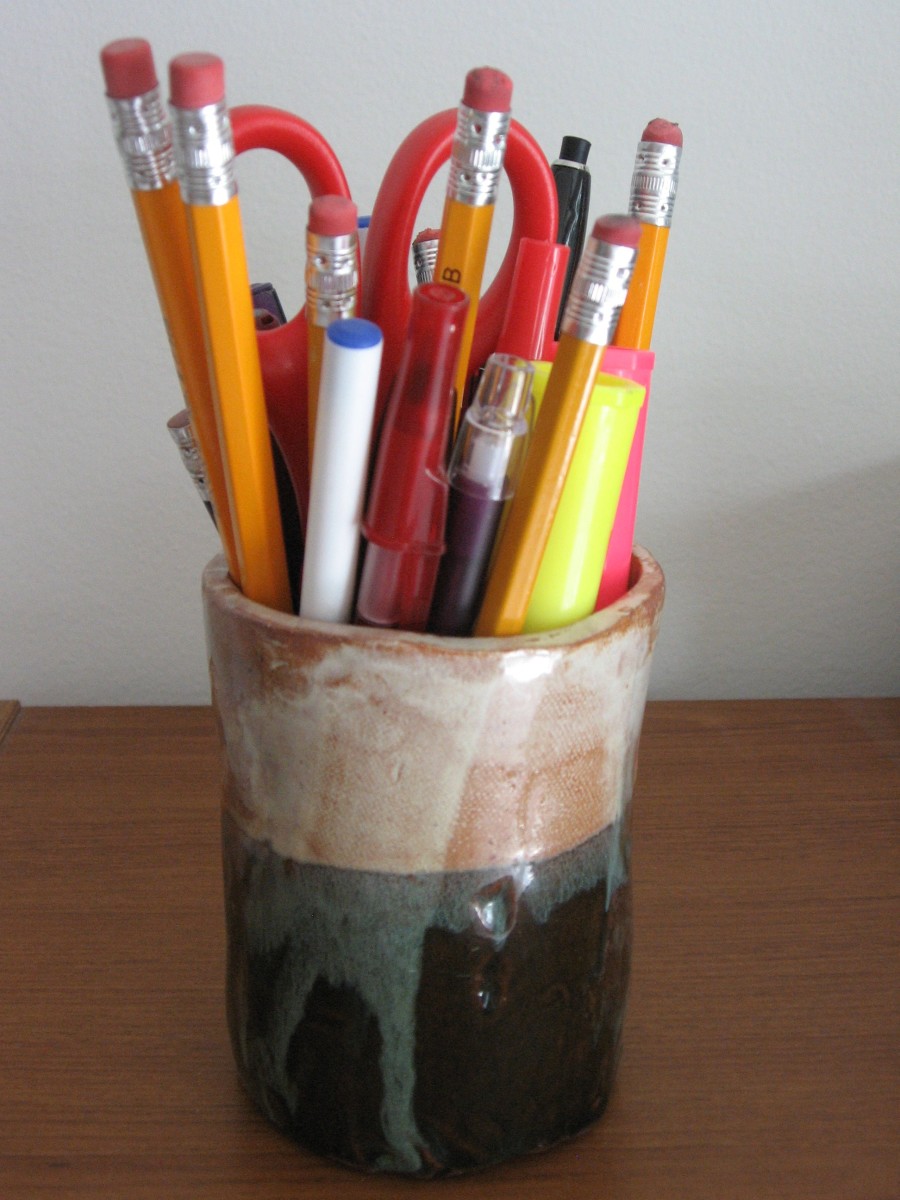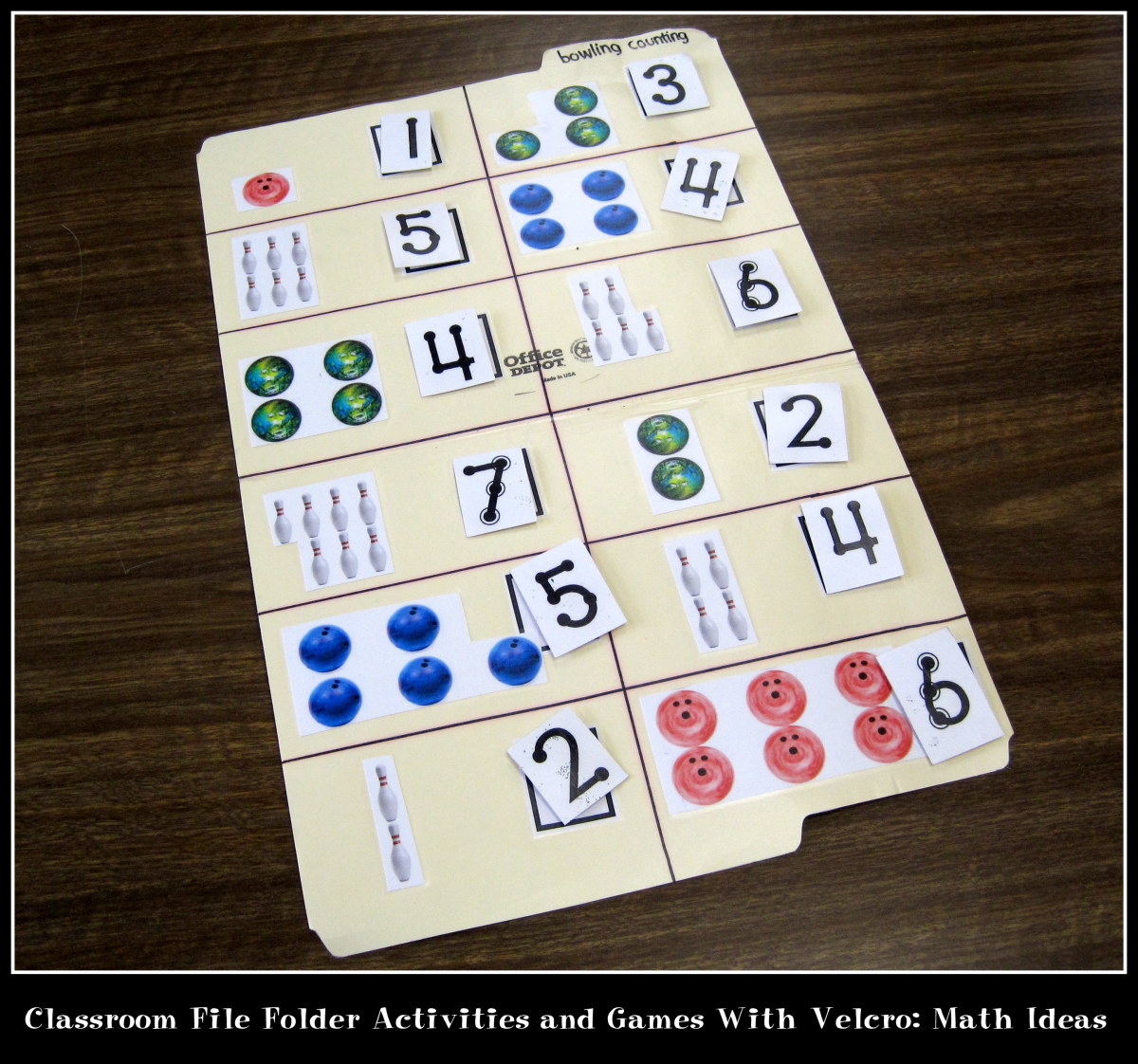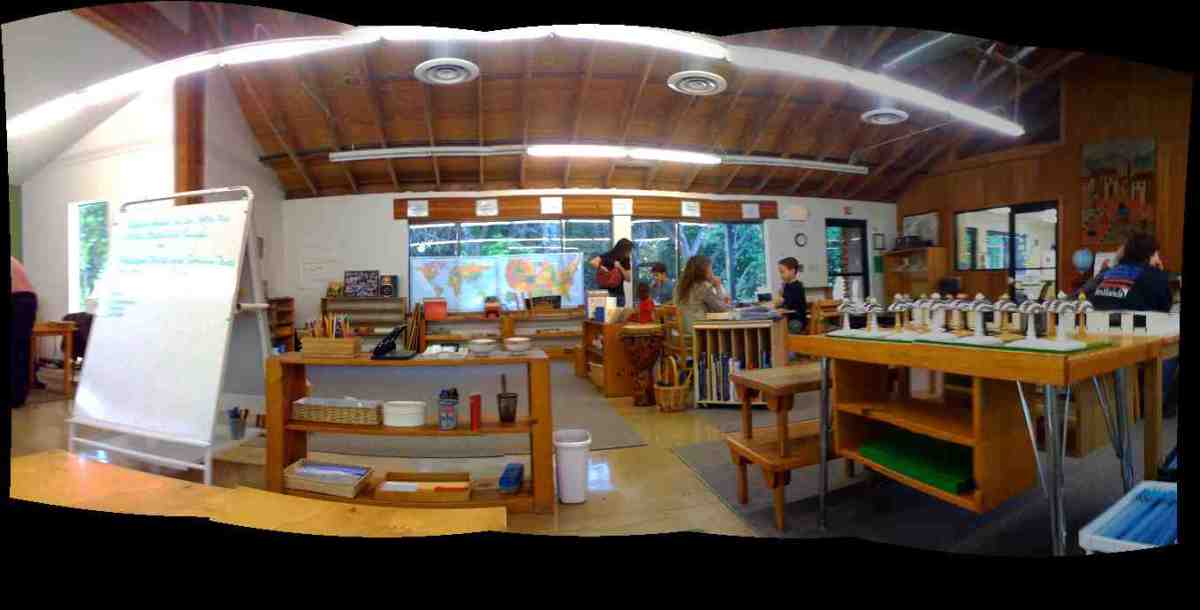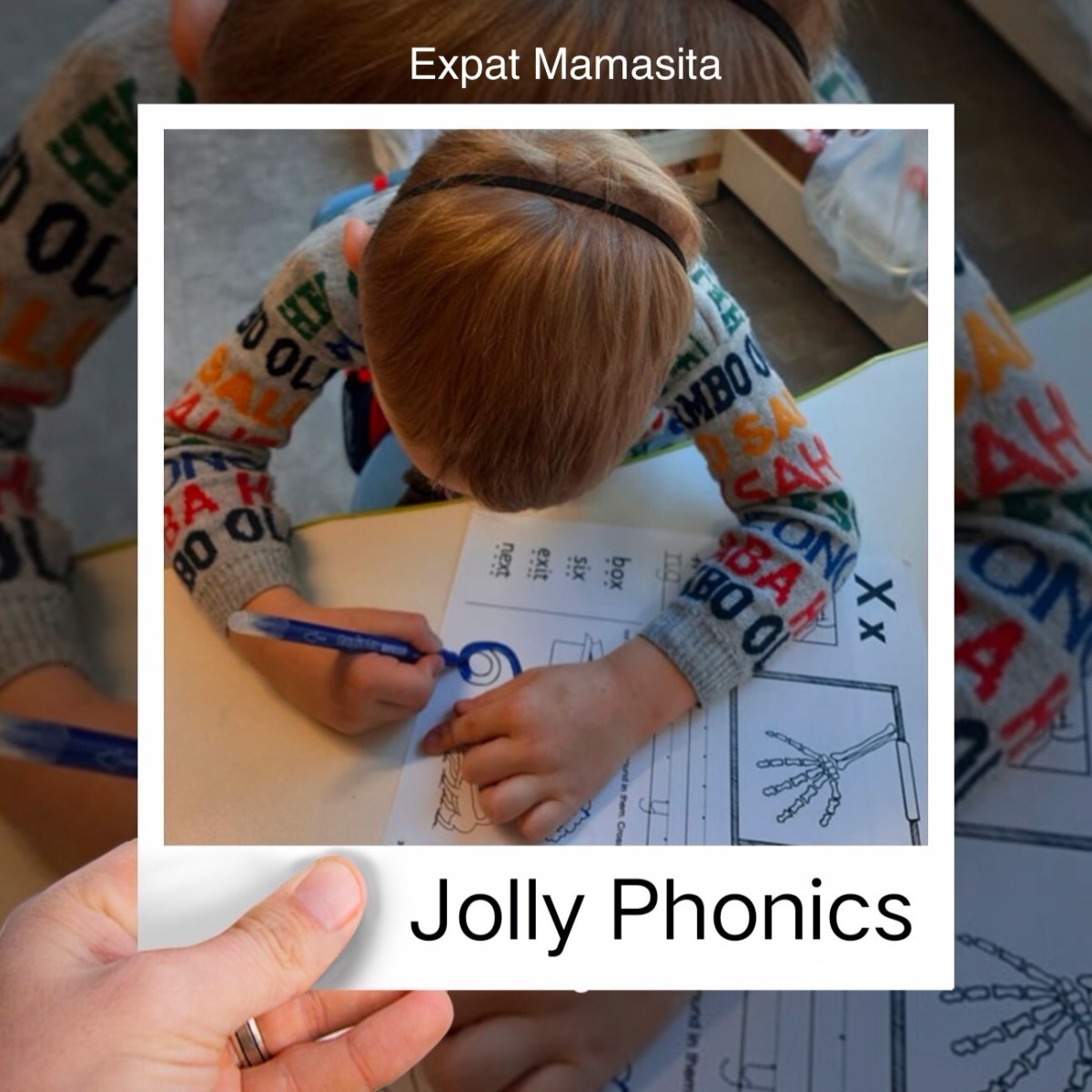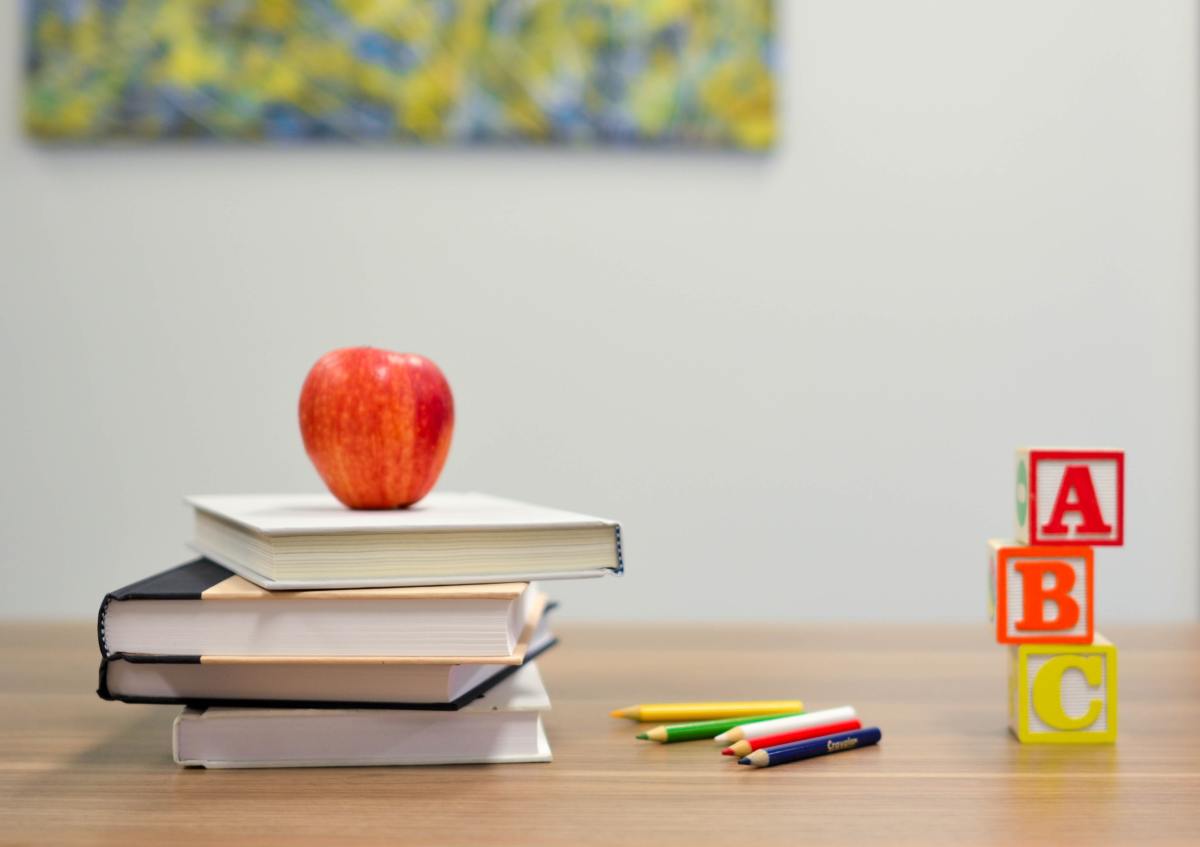Tips for Collecting and Organizing Alternate Assessment Artifacts
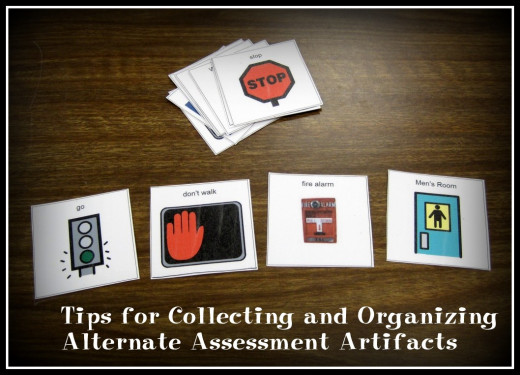
Iowa Alternate Assessment - Diverse Learning Needs
Less than 2% of the students in the United States participate in Alternate Assessment (AA), which is a product of the No Child Left Behind legislation and the Individuals with Disabilities Education Act (IDEA). (I've linked to the Iowa Alternate Assessment page. There is a similar page for Alternate Assessment in other states.) While this is a very small percentage of students, the Alternate Assessment process is still a lot of work for the teachers of those students. I went through this process three out of the four years that I have taught special education. Here are some of the basics that I learned which really helped me with this process.

Another Kind of Test: Using and Scoring Alternative Assessment
Organizing Materials
I kept a separate folder for each student participating in AA. Whenever you have your students complete work that you will be using as AA artifacts, put the original or a copy of the work in the folders. Typically I took time out once a month to sort through the data and record the scores. This will give you periodic opportunities to review where you are with the standards and make changes with your curriculum accordingly.
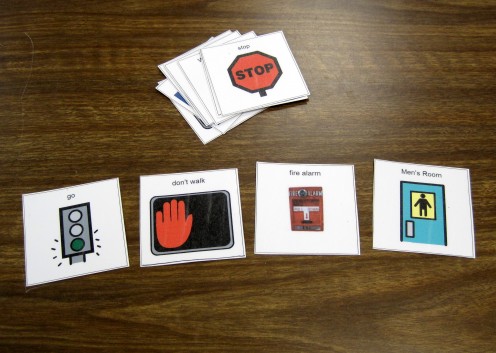
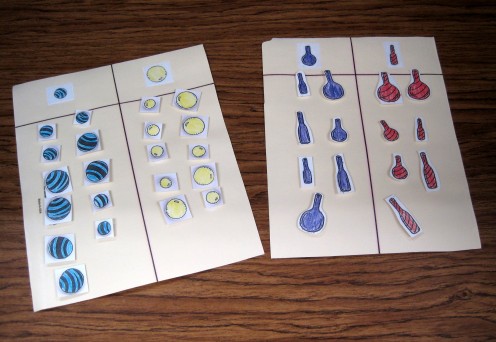
Collecting Materials
I collected my AA assessments through a combination of AA lesson plans and regular curriculum material. There are a number of standards that I covered in the curriculum that I used with all of my students. I will have a future hub discussing strategies for covering AA standards with modified general education reading curriculum.
However, there are some standards that simply don't fit into my reading and math curriculum. So I developed specific lesson plans for them. For example, I did a short unit about common signs around the community (i.e. stop sign, railroad crossing) and around the school (i.e. women/men bathroom signs, fire alarm), which covered an Iowa AA standard.
Curriculum
I worked my AA lessons in with my other teaching material as naturally as possible. For example, in Iowa there is an AA standard for identifying the number that comes in between two other numbers. Every grade has a basic math skills chapter as part of the math curriculum in my district. I worked on this skill and complete the assessment for it with my students during this math chapter.
Checklist
I find it really helpful to have some sort of checklist to record the dates/scores for all of the artifacts when you do your periodic artifact checks. I am friends with a few special education teachers in a large district, which developed an AA Excel spreadsheet. They were kind enough to share this with me. A Word table will work well, too.

Tip: Create Reusable Alternate Assessment Materials
Whenever it's appropriate to do so, create materials for AA lessons or to review AA skills that you can use over and over again. I laminate all of these materials. I have shown a couple examples from my own materials above. I gave AA to a handful of students in the autism spectrum who prefer Velcro so I created some of these materials with Velcro.
Shaping the Way We Teach English: Module 10, Alternative Assessment
Tip: Relax
Don’t worry about getting to all of the standards, especially the first year that you complete the AA process. The state is not expecting you to cover every standard with every student every year. Cover as many standards as you can with your regular curriculum and work in anything else that you can. You will be able to add more materials every year that you teach.
I also have some standards that I covered only with specific grade levels because of where they fell in the curriculum. For example, one reading book that I used had a recipe unit with one of the stories. I covered the Iowa AA reading standard about recipes with my students who read the story that particular year.

Great Special Education Resources
- Survival Tips for First Year Special Education Teachers
In this article, I outline survival tips for first year special education teachers. My survival guide includes advice about planning, IEPs, networking, prioritizing, and more with lots of resources. - Teaching Kids How to Tell Time: Velcro Clock Teaching Materials
Are you teaching time to your own kids or to your students? Consider using Velcro materials. This article covers time skills that students learn in kindergarten through 4th grade. - Resources for Visuals: Where To Go When Creating Picture Schedules, Visual Cues, and Pre-Reading Too
In this article, I provide lots of resources for parents and teachers who are creating picture schedules, visual cues, and pre-reading tools. There are lots of links and examples.


